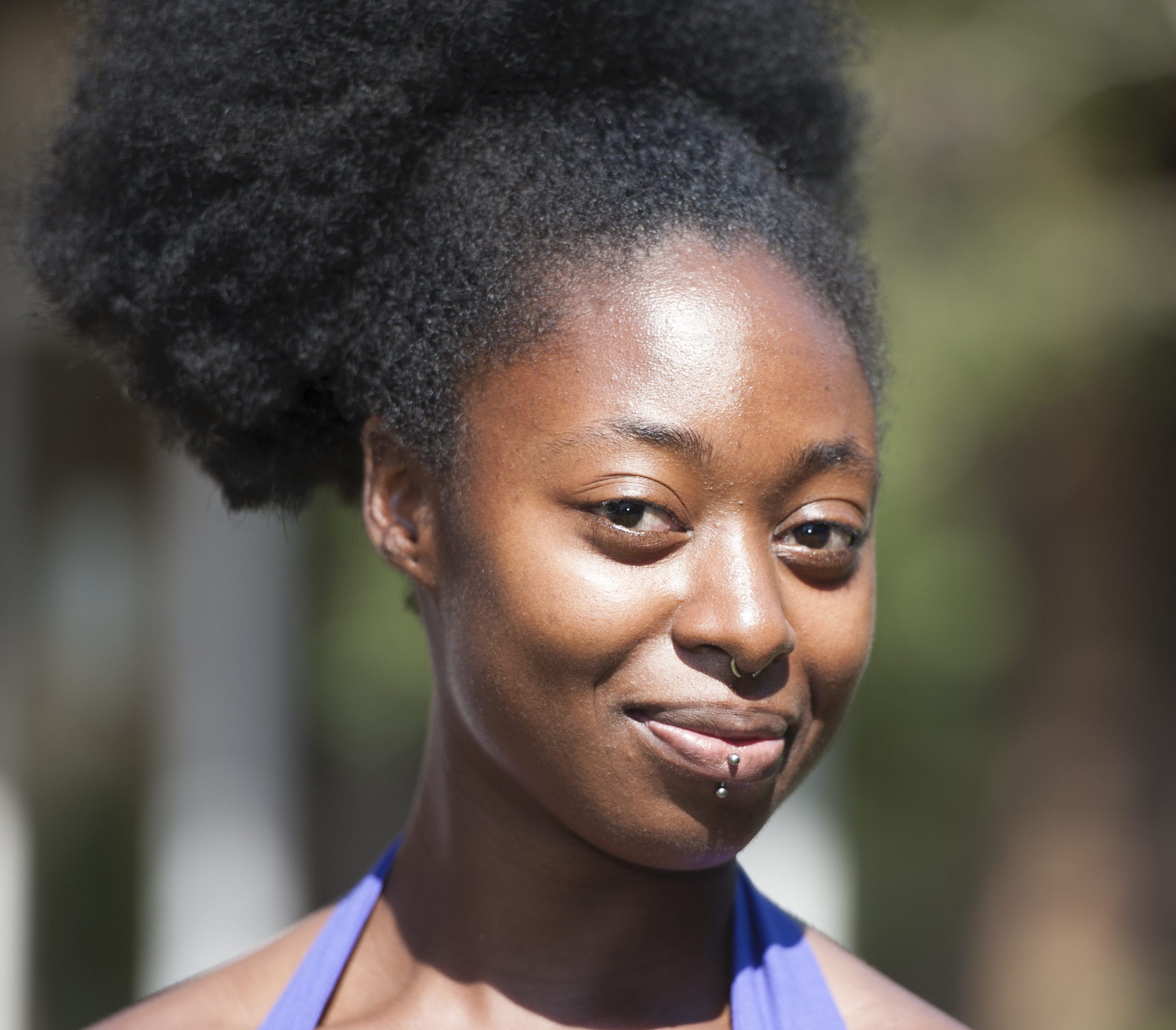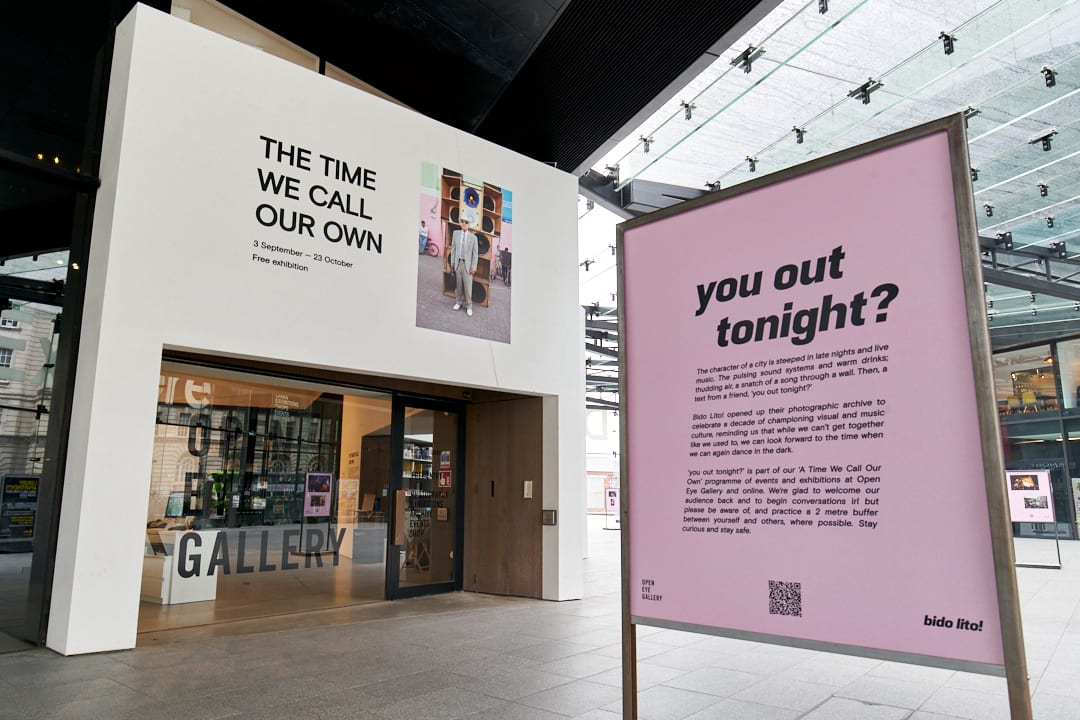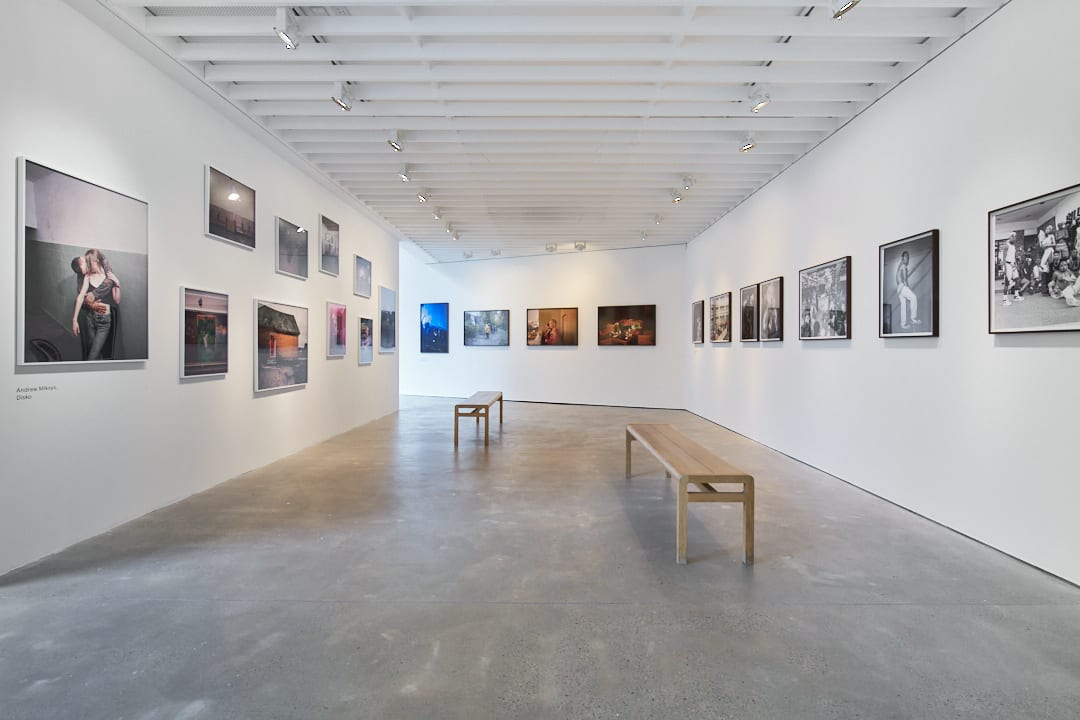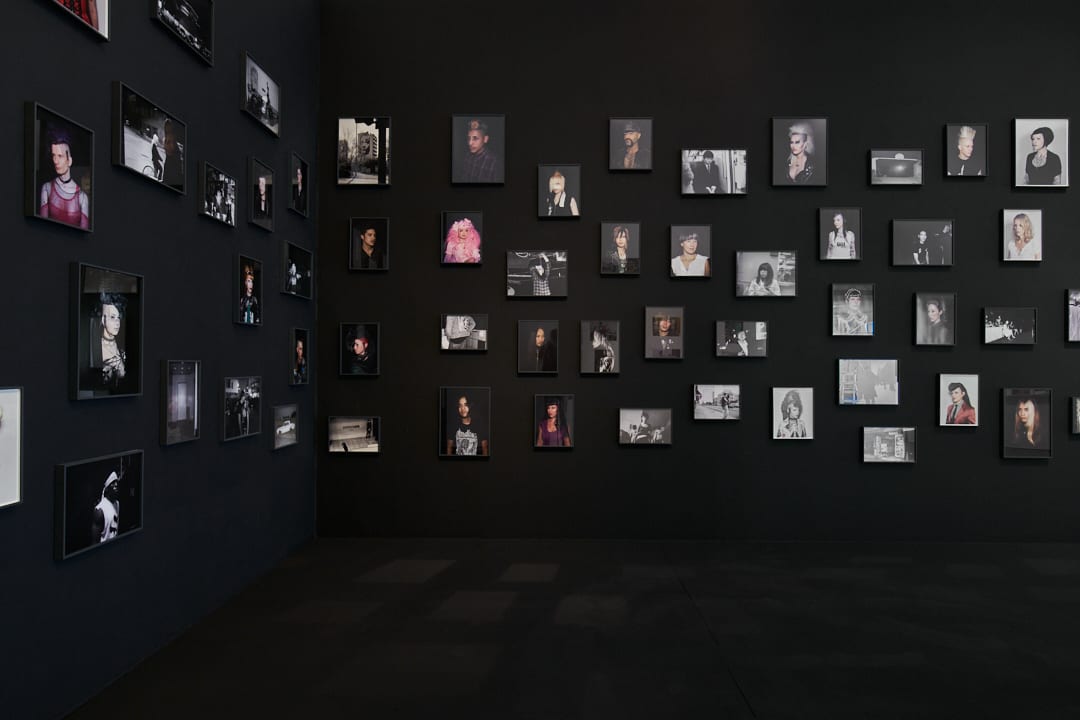“It’s really important for people to understand that a career path is not a steady and unbroken positive trajectory,” says Attah, curator at Liverpool’s Open Eye Gallery
“A lot of work that I do, individually or as part of a team, is about thinking: what does the gallery stand for? What are the strands and themes that we’re focusing on?” says Mariama Attah, curator at Liverpool’s Open Eye Gallery. “Then we start to think about how we bring people into that programme. Because it’s so much about co-authorship: it’s about handing that idea over to the practitioner or the artist.” This spirit of collaboration, of generosity, is central to Attah’s curatorial practice.
At the beginning of her career, a focus on curating during her degree in photography and subsequent MA in Museum Studies started to shape the areas she was interested in. “Understanding that there are always gaps in history, or that certain voices are more emphasised than others, or other voices are just completely missing,” she says. A desire to make these missing voices and histories more visible began to inform the way she was thinking about curating which, in turn, has informed Open Eye’s vision. “Open Eye has repositioned itself in terms of collaborating with people, and commissioning artists, and working in a really socially engaged way,” Attah says. The motivations of her early career — bringing more people into the gallery, and into the arts sector more generally — now form a large part of her daily work.
With previous roles as a curator at Photoworks and assistant editor at Foam Magazine, Attah has found that her editorial work has fed into her curatorial practice, as has the sharing and discovery provoked by lecturing, reviewing portfolios and sitting on judging panels. “It’s such a joy to be able to get into someone else’s head,” she says. Each of these kinds of work has informed the other, and seeing art move through different contexts — from the page to the gallery wall — has sharpened her ability to see what works about a piece, and why it’s successful.
“The projects that I tend to be interested in are ones that obviously have a strong visual language. That helps to reassure me that you have an idea of what you’re doing, where you’ve been able to execute a concept intentionally: you’ve created this because that’s what you wanted to create, it wasn’t chance or happenstance,” she says. Experimentation can still have a place in that process, but an artist needs to demonstrate that they are in control of their medium. A guiding question could be: “what is the feeling that you want people to experience or gain or gather from the artwork?”
The work should also be personally meaningful in some way. “If I’m able to have a conversation with the artist, I should be able to see quite clearly that this is something that is of importance to you, and I think that’s a way of being able to ensure that it will be interesting or of value to other people as well,” she explains.
Attah also notes that, when judging work, the supporting statement is just as important as the work itself. How should such a statement look? “I like statements that are written really simply, that show me that the artist is confident in what they’re saying,” she says, “and the statement is reflected in the work itself. There has to be some kind of cohesion between the concept and the visuals of the project.”
Her time on numerous judging panels of different kinds has also led her to reflect on the patience and self-reassurance required to stay on course of a creative career. A tiny fraction of submissions might be selected for a shortlist; “those other photographers don’t just disappear from my mind,” she says. “I can’t necessarily do something right away with all of these artists, but it might be a year or three years down the line…” The process is often slow, and can feel discouraging, but missing the shortlist shouldn’t be cause for losing heart. “I always have a list of artists in my head who I think are really interesting, or I want to work with in some way, and it’s just about finding the right time and the right project for it.”
She empathises: this perseverance has been essential to her, too. “When I write my bio, when I share it, it’s completely accurate, but it’s missing things: the times when I wasn’t working as a curator, or when I wasn’t working at all,” she says. “This is something I started talking about a lot more because I feel like people don’t talk about it enough. I have definitely had times when I was really frustrated.” She recalls applying for hundreds of jobs throughout her career, and dream roles that didn’t last. “It’s really important for people to understand that a career path is not this kind of steady and unbroken positive trajectory,” she says. “There are always going to be difficult times when things aren’t going well, and you just somehow have to keep pushing forward, because that difficult time will end.”

Of course, such advice feels particularly pressing now, during a lockdown winter, and with so much pandemic-related uncertainty ahead. “I’m really inspired by how flexible people have been,” says Attah; art is happening everywhere, even with galleries temporarily closed, whether that’s online, outdoors, in people’s own homes. How vital, and how necessary: “We can’t have art stop because the world has stopped,” she says.
Looking ahead, Attah is hopeful we’ll see photography being used as more of a collaborative tool, a medium that enables learning from others when it’s shared: this could look like projects developed between artists across different platforms, between different areas, countries, media. “Photography is a fantastic medium because it doesn’t have to be translated,” she goes on. “So if you’re working with other people, I think the learning from that can be quite immediate, and that’s definitely a strength — and hopefully something that we keep working on.”




